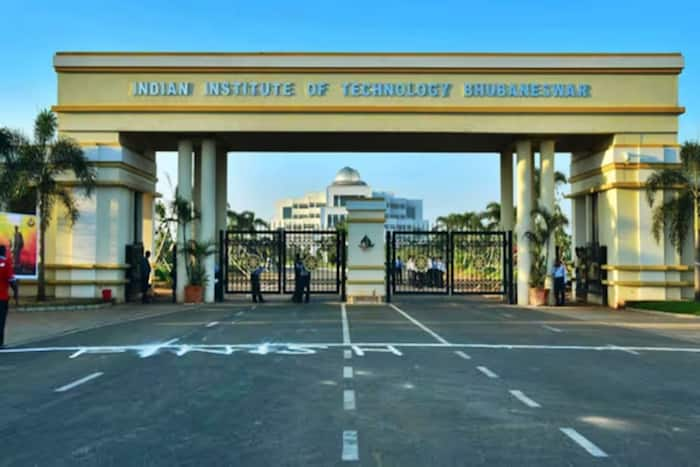
[ad_1]
The studies were conducted on the complex terrain of Assam.

Bhubaneswar: Indian Institute of Technology (IIT) Bhubaneswar has developed a hybrid technique to integrate the output of Weather Research and Forecasting (WRF) model into a deep learning (DL) model to enhance forecast accuracy, especially for improving prediction of heavy rainfall events with sufficient lead time, official sources said on Monday.
The study also highlights the potential of AI to improve real-time weather forecasting, especially for heavy rainfall events in the complex terrain of the Indian region.
The study was conducted in June 2023 in the topographically complex states of Assam (highly prone to severe flooding) and Odisha, where heavy rainfall events are highly dynamic due to the landfall of multiple heavy rainfall monsoon low-pressure systems.
“In Assam, the hybrid model’s forecasting accuracy was almost twice that of the conventional ensemble model up to 96 hours, demonstrating its superior performance. These innovative studies were conducted using retrospective cases,” official sources added.
In another groundbreaking study, researchers from the Indian Institute of Technology Bhubaneswar have made significant progress by using deep learning techniques to accurately predict heavy rainfall events in the region in real time. The study demonstrated the robustness of the new hybrid technique in real-time situations in the complex terrain of Assam.
“The study titled ‘Minimizing forecast errors of real-time heavy rainfall events in Assam using deep learning’ published in IEEE Xplore shows that combining deep learning with the conventional WRF model can significantly improve the forecast accuracy of real-time heavy rainfall events, which is a major advancement for flood-prone mountainous states like Assam,” the source added.
Assam suffered severe flooding due to heavy rainfall from June 13 to 17, 2023. The DL model is able to more accurately predict the spatial distribution and intensity of rainfall across the region. The study used the WRF model to generate initial weather forecasts in real time, which were then refined using the DL model.
With this new approach, experts can now perform a more detailed analysis of rainfall patterns, incorporating a spatial attention module to better capture complex spatial dependencies in the data.
As mentioned above, the model is trained using data of past heavy rainfall events from multiple ensemble outputs along with observational data from the India Meteorological Department (IMD) to improve its accuracy.
“This advancement is crucial for mitigating the impact of natural disasters and public safety. Moreover, these groundbreaking works will also serve as guidelines for creating similar hybrid models for other complex topographical regions such as the Western Himalayas and Western Ghats regions of India,” official sources said.
[ad_2]
Source link


